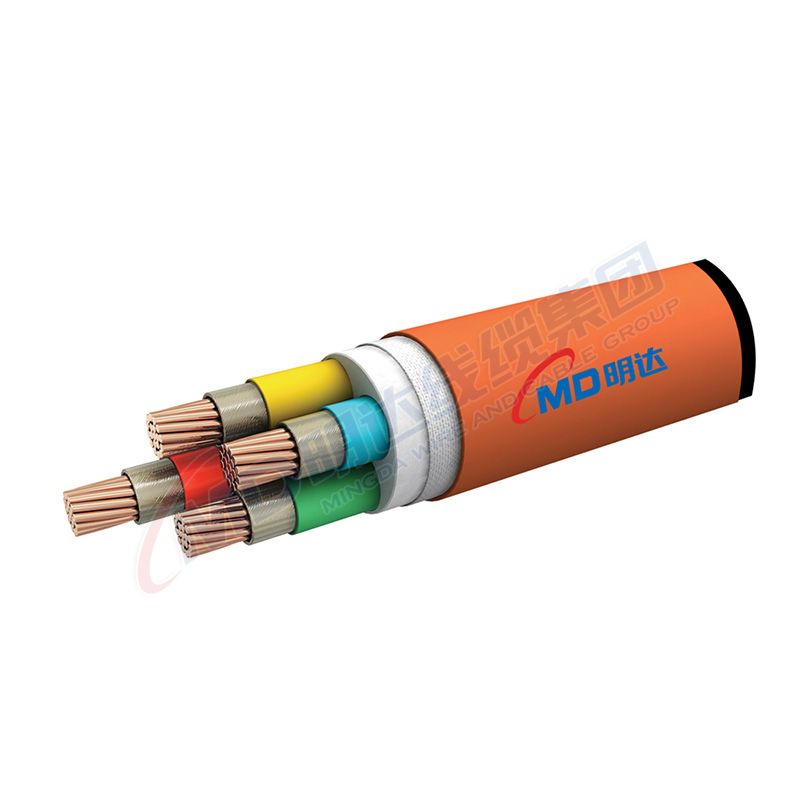डिस . 30, 2024 00:54 Back to list
concentric lug type butterfly valve
Understanding Concentric Lug Type Butterfly Valves
Butterfly valves play a significant role in the control of fluid flow in various industries, from water supply systems to chemical processing plants. Among the different types of butterfly valves, the concentric lug type stands out for its unique design and functionality. In this article, we delve into the characteristics, benefits, applications, and factors to consider when using concentric lug type butterfly valves.
Design and Features
Concentric lug type butterfly valves are characterized by their simple yet effective design, which includes a disc attached to a shaft that is positioned in the center of the valve body. This design allows the disc to rotate around its axis, facilitating the flow of fluids or their complete shutoff when closed. The term concentric refers to the alignment of the valve components — the disc and shaft are aligned with the centerline of the valve body.
One of the defining features of the concentric lug design is its lugs, which are external components that connect the valve to the pipeline or valve body. These lugs provide extra stability and support, ensuring that the valve operates reliably under varying pressure conditions. The valve's design minimizes the chances of leakage, making it an ideal choice for applications that require tight sealing.
Advantages
1. Compact Design The concentric lug type butterfly valve is compact, making it suitable for applications where space is a premium. Its design allows for easy installation in tight spaces without compromising performance.
2. Versatility These valves can be used with a wide range of fluids, including water, oils, and gases. They are suitable for both low-pressure and high-pressure systems, making them incredibly versatile for various industrial applications.
3. Ease of Operation Concentric lug butterfly valves are easy to operate. They typically require a quarter turn (90 degrees) to open or close, allowing for quick and efficient control of fluid flow.
4. Low Maintenance With fewer moving parts compared to other valve types, concentric lug butterfly valves require less maintenance. This design reduces the risk of mechanical failure and extends the valve's operational life.
5. Cost-Effective In comparison to other valve types, concentric lug butterfly valves are often more budget-friendly. Their durable construction and minimal maintenance needs also contribute to lower long-term costs.
concentric lug type butterfly valve

Applications
Concentric lug type butterfly valves find application in various sectors due to their reliability and efficiency. Some common applications include
- Water Treatment Used in water supply and wastewater treatment facilities to manage the flow of water and wastewater. - Food and Beverage Employed in systems handling liquids and gases in the food processing industry due to hygiene and sanitation standards. - Chemical Processing Ideal for controlling the flow of corrosive chemicals, thanks to their robust materials and tight sealing capabilities. - HVAC Systems Utilized in heating, ventilation, and air conditioning systems to regulate airflow efficiently. - Power Generation Used in power plants for controlling steam and water flow within various systems.
Considerations for Use
When selecting concentric lug type butterfly valves for your application, there are several factors to consider
1. Material Selection The material of the valve body and disc will depend on the fluid being handled. For corrosive substances, stainless steel or specially coated valves may be necessary.
2. Pressure and Temperature Ratings Ensure that the valve's pressure and temperature ratings match the requirements of the application to guarantee safety and efficiency.
3. Size and Compatibility The valve must fit the existing pipeline diameter and be compatible with any actuators or automation systems in use.
4. Flow Requirements Understand the desired flow characteristics to determine the best valve size and type, as different designs may influence the flow rate and pressure drop.
Conclusion
Concentric lug type butterfly valves are a reliable and efficient option for fluid control in various applications. Their unique design, coupled with benefits such as low maintenance and versatility, makes them an excellent choice for industries ranging from water treatment to chemical processing. By understanding their features and applications, engineers and operators can make informed decisions when selecting valves, ultimately enhancing process efficiency and operational reliability.
Share
-
Reliable Wafer Type Butterfly Valves for Every IndustryNewsJul.25,2025
-
Reliable Flow Control Begins with the Right Ball Check ValveNewsJul.25,2025
-
Precision Flow Control Starts with Quality ValvesNewsJul.25,2025
-
Industrial Flow Control ReliabilityNewsJul.25,2025
-
Engineered for Efficiency Gate Valves That Power Industrial PerformanceNewsJul.25,2025
-
Empowering Infrastructure Through Quality ManufacturingNewsJul.25,2025